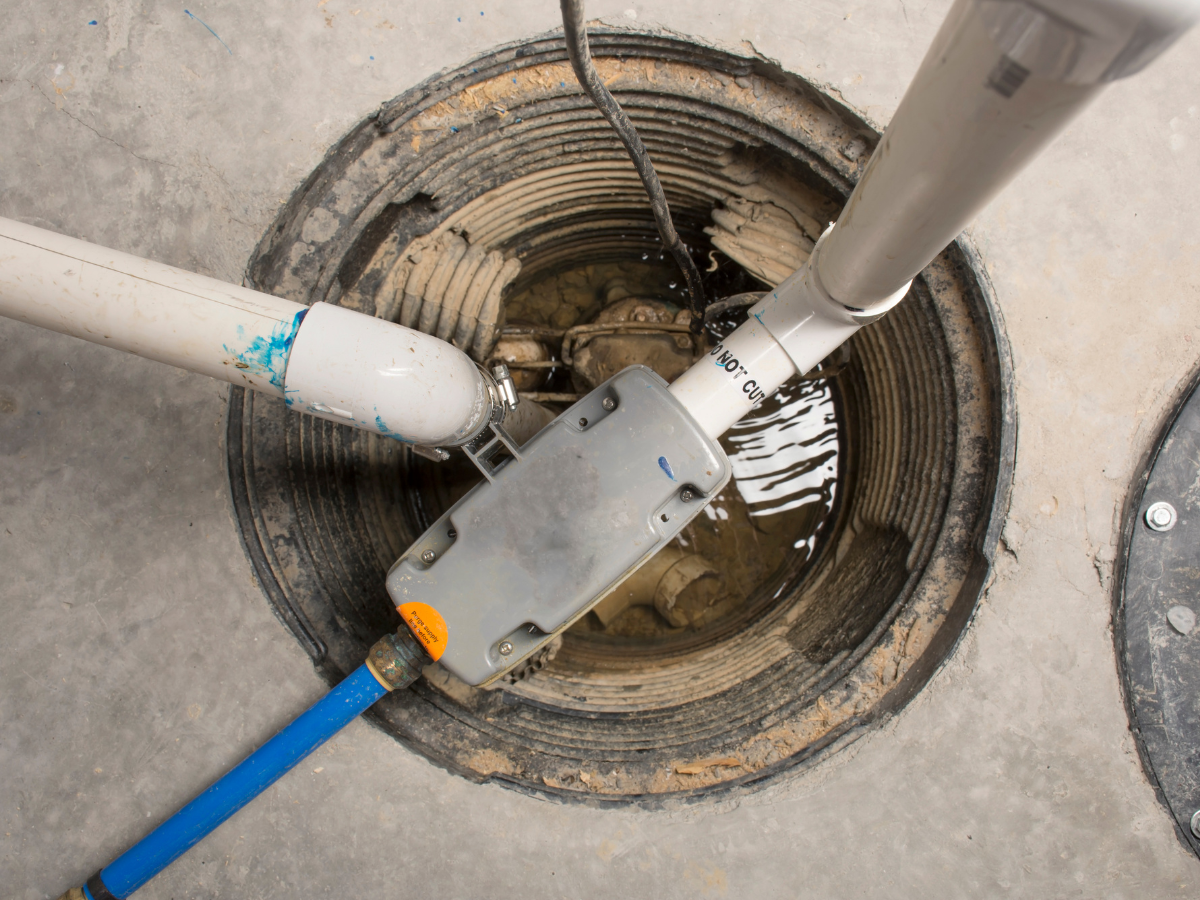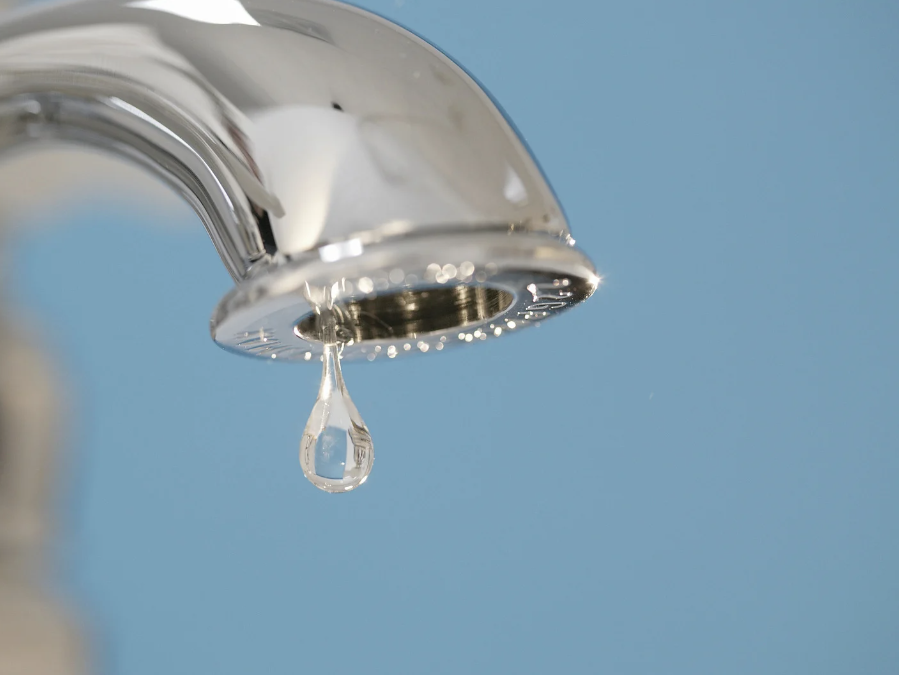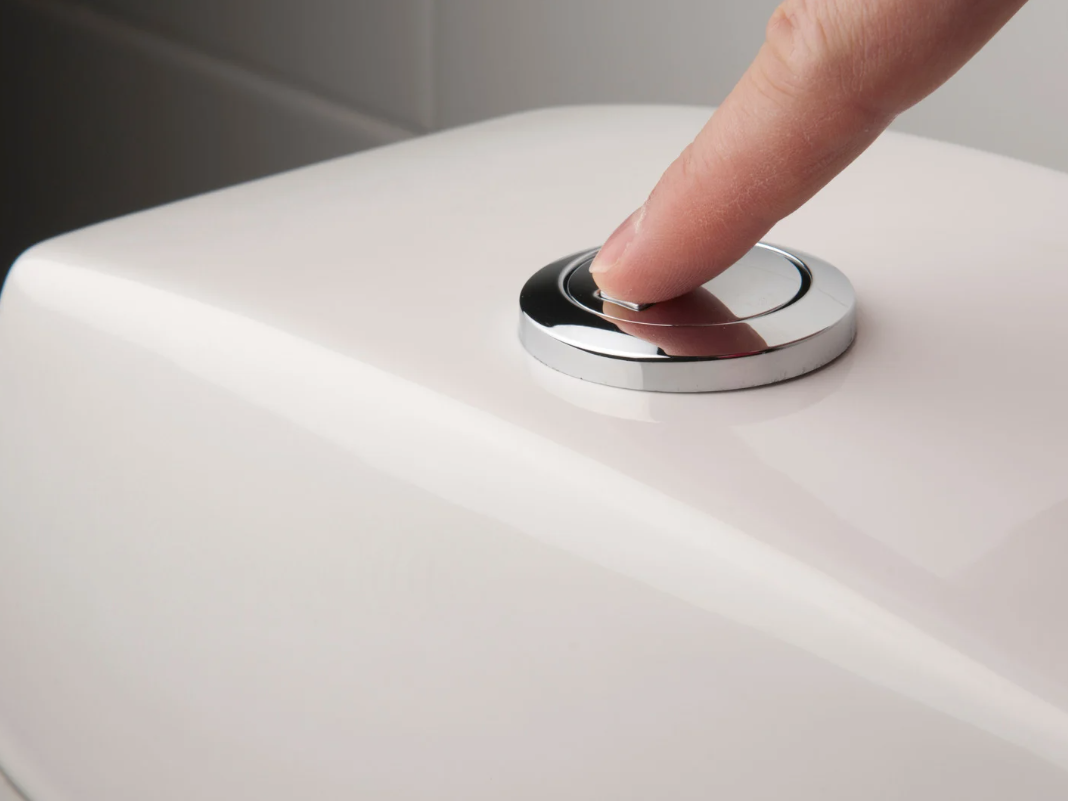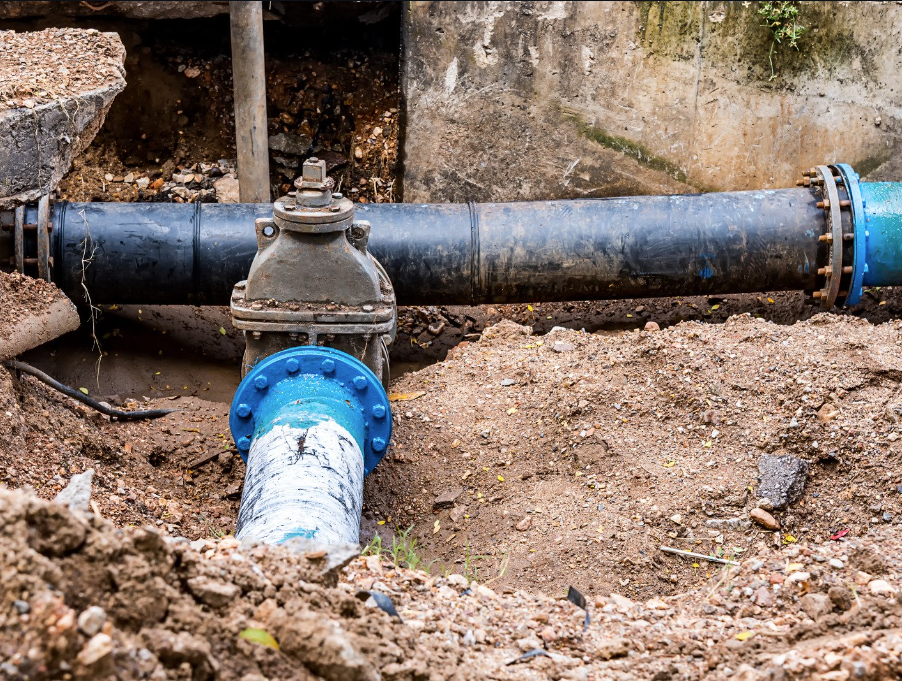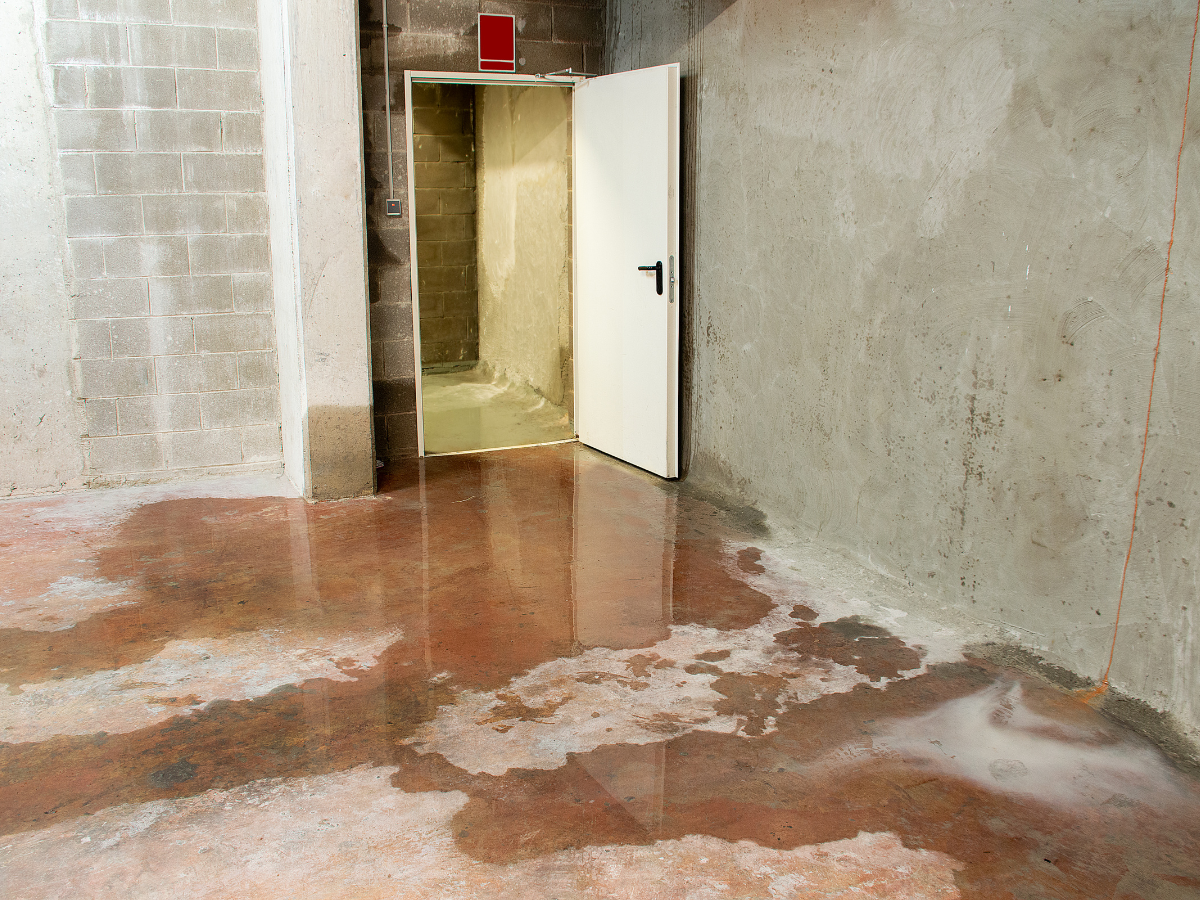6 Steps on How To Clean A Sump Pump Properly
Maintaining your home involves tasks that might seem daunting at first but are essential for the longevity of your appliances. One such task is cleaning a sump pump.
Regularly cleaning your sump pump extends its life and ensures its functions optimally, especially during periods of heavy rainfall when you need it the most. Let’s dive into a step-by-step guide that will make this task less intimidating and more approachable, ensuring your sump pump stays clean and functions efficiently.
Understanding Sump Pumps
Your sump pump plays a crucial role in protecting your home by managing and removing excess water. It primarily functions as a “shield”, guarding your basement against the damaging effects of water accumulation. The pump is housed in a sump pit in the lowest part of your basement, and its job is to pump out any water that collects there.
During heavy rainfalls or when snow melts rapidly, water can infiltrate your basement, posing potential risks like flooding, structural damage, and harmful mold growth. Here, the sump pump springs into action, pumping out the intruding water and directing it away from your home.
Step-by-Step Guide: How to Clean a Sump Pump
Do you want to learn how to keep your sump pump in tip-top condition? You’re in luck! Our team at Full Speed Plumbing has put together the ultimate step-by-step guide:
Step 1: Safety First
Before cleaning, remember to prioritize safety. Disconnect the sump pump from the power source to prevent any accidental electric shocks. Also, wear sturdy gloves to protect your hands from any sharp or dirty components within the pump.
Step 2: Remove the Sump Pump
After ensuring your safety, the next step is to remove the sump pump from its pit. Doing this might require careful maneuvering as you don’t want to damage any pump components. Once removed, clean the sump pit to remove any accumulated debris or sludge.
Step 3: Inspect the Pump
Inspect the pump for any visible signs of wear or damage. Check the power cord, float switch, and impeller housing. If any components look worn out or damaged, consider replacing them to ensure optimal performance.
Step 4: Clean the Pump
Thoroughly clean the pump with warm, soapy water. Make sure to rid it of any dirt, gravel, or other debris that might impede its performance. You can use a toothbrush to clean the small, hard-to-reach parts of the pump.
Step 5: Reinstall the Sump Pump
After cleaning:
- Reinstall the pump into the sump pit
- Make sure it’s positioned correctly to remove the water effectively
- Once it’s back in place, reconnect it to the power source
Step 6: Test the Pump
Finally, pour some water into the pit to ensure the pump works correctly. It should start automatically and begin pumping out the water; if it doesn’t, check the power source and the positioning of the pump.
Remember, while cleaning your sump pump is an essential part of home maintenance, hiring a professional plumber for a thorough inspection and cleaning at least once a year is also important. This will ensure that your pump is in optimal condition, ready to protect your home from potential water damage.
Debris and Dirt Accumulation: Common Problems and Cleaning Solutions
Sump pumps often become blocked with dirt and debris that hinder their proper operation and performance.
- Hindered Performance: Accumulated dirt and debris can wreak havoc with pump performance. Excessive dirt and debris clogging the components may reduce efficiency significantly and result in incomplete water removal – thus increasing your risk of water damage to your basement.
- Wear and Tear: Without regular maintenance, dirt and debris can quickly wear away at critical parts of a pump, such as its impeller, leading to its eventual breakdown and subsequent expensive repairs or replacement costs.
- Shortened Lifespan: Unclean pumps must work harder to combat any accumulation, shortening its lifespan over time.
Regular sump pump cleanings are key in effectively addressing these issues:
- Optimize Performance: By clearing away dirt and debris, regular sump pump cleaning ensures optimal water removal from your sump pit, safeguarding your home against potential water damage.
- Longevity: Regular pump maintenance helps extend its lifespan by reducing wear and tear, saving money and effort on frequent replacement costs.
- Preventive Maintenance: Regular pump cleaning enables you to inspect for signs of damage, replace worn-out parts as soon as necessary, and prevent unexpected breakdowns.
Best Practices for Cleaning Sump Pump Discharge Pipes
Here are some useful tips that you can use if you want to keep your sump pump’s discharge pipes clear and efficient:
- Regular Inspection: Regularly inspect your discharge pipes, especially during heavy rainfall or snowmelt periods. Look for any signs of blockage or damage. Early detection of problems can prevent serious issues down the line.
- Periodic Cleaning: Over time, sediment and debris can accumulate in the discharge pipes, impeding the flow of water. Regular cleaning helps keep the pipes clear and functioning efficiently. You can use a high-pressure water jet to effectively clean the pipes.
- Insulation During Winter: In colder climates, discharge pipes can freeze, blocking the outflow of water. Protect your discharge pipes from freezing temperatures by insulating them with foam pipe insulation. This will ensure the sump pump can continue to discharge water even in freezing conditions.
- Proper Positioning: The discharge pipe should be positioned to direct water away from your home’s foundation. Improper positioning can lead to water seeping back into the basement. Ensure the pipe is long enough and angled correctly.
- Installation of a Check Valve: A check valve prevents water from flowing back into your sump pit after the pump has pushed it out. Installing a check valve helps maintain the efficiency of your sump pump and reduces the risk of flooding.
- Minimize Pipe Turns: Every curve or turn in the discharge pipe can decrease the efficiency of water flow. By minimizing turns and bends in your discharge pipe, you can increase the efficiency of your sump pump.
Remember, while these tips can help maintain clear and efficient discharge pipes, you should seek professional help if you encounter persistent or severe issues.
6 Steps on How To Clean A Sump Pump Properly — Conclusion
As previously discussed, maintaining your sump pump and discharge pipes shouldn’t be taken for granted. Regular inspection and cleaning will significantly enhance its performance while prolonging its lifespan and helping avoid issues like clogs or wear and tear.
Full Speed Plumbing’s expert maintenance services can assist with ongoing issues or provide comprehensive maintenance so your basement remains dry. Our team can maintain all aspects of your sump pump and discharge pipe maintenance to ensure your basement stays safe from potential water damage.
Give our team at Full Speed Plumbing a phonecall, and let us handle all the complexities associated with maintaining your sump pump, giving you peace of mind in knowing that its upkeep will run smoothly.

